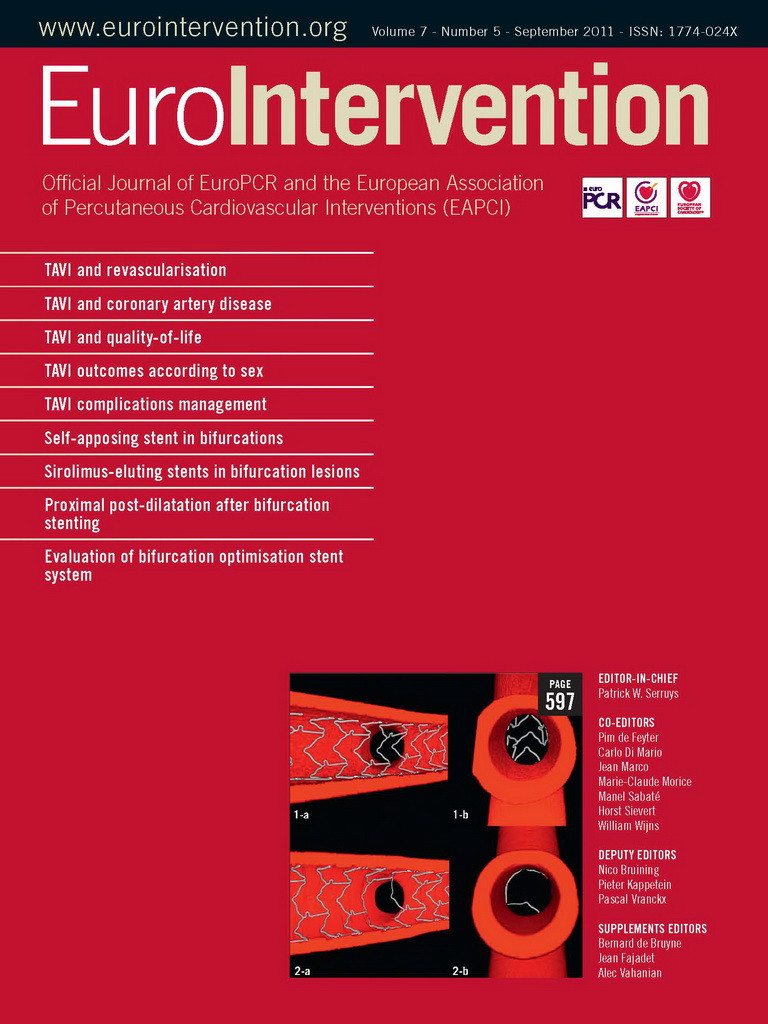Tactics for repair of the thoracic aorta are in the midst of revolutionary change. Open surgical techniques supplemented with endovascular techniques (i.e., hybrid) have become commonplace for high-risk operative candidates. Even total endovascular approaches to the aortic arch have been reported.1 But, when should these new approaches be applied to patients and deemed to be an acceptable risk for open repair?
The first question to ask when addressing a thoracic aortic aneurysm is: “What is the risk of dissection or rupture? The fact that and endovascular intervention may be “easier” or “less invasive” should not change the indications for surgery. So, how do we estimate the risk of intervention versus observation? Primarily, we do this by measuring the size of the aorta perpendicular to the long axis of the aorta. This, unfortunately, is not as easy as it seems. Geometric complexity of the thoracic aorta leads to significant variation in “true” diameter measurements among even experienced radiologists. Of note, controversy still exists on whether the aortic wall should be included in measurements, methods to account for motion artefact, and how much in enlargement is significant.2
Yearly rates of rupture, dissection, or death increase from around 6% with aneurysms between 5 and 6cm, to over 15% in aneurysms greater than 6cm.3 This “hinge point” in risk is what we use to prompt intervention. At The Thoracic Aortic Clinic at Baylor Plano (Dallas, TX, USA), the indications for intervention have remained constant: 5.5cm for an isolated asymptomatic thoracic aortic aneurysm, 5.0cm for patients with bicuspid aortic valve or a family history of aortic dissection. For patients with connective tissue disorders such as Marfan syndrome or Loeys-Dietz syndrome, the size may be lowered to aneurysms >4.0cm. Symptomatic aneurysms (which tend to be rare) should be repaired regardless of size.
Once the decision has been made for intervention, we must then choose a method of repair. Open surgical repair of the thoracic aorta has been performed since the 1950’s.4 Progressive improvement in open techniques (such as deep hypothermic circulatory arrest, selective antegrade cerebral perfusion, active distal aortic perfusion, and CSF drainage) has decreased perioperative morbidity and mortality. These outcomes should be the standard against which the newer hybrid and totally endovascular techniques should be judged. For the purposes of this editorial, I will limit my analysis to the aortic arch. Recent series of open total arch repair have reported perioperative stroke rates from 5 to 12% and perioperative mortality rates of 2 to 16%.5-7 So, can we improve on this with hybrid and endovascular techniques?
We are enthusiastic about the use of hybrid techniques for complex aortic arch aneurysms in patients at elevated surgical risk. However, we counsel patients of the lack of long-term data with these newer techniques. Hybrid procedures are limited by anatomy and the suitability of landing zones. To organise our approach to the aortic arch and descending aorta we subdivide potential arch hybrid cases into three groups: type I (suitable proximal and distal landing zones), type II (suitable distal landing zone/ diseased proximal landing) and type III (diseased proximal and distal landing zones; i.e., mega aorta). This strategy has shown promising early results especially in high-risk patients8, however, overall perioperative stroke rates of up to 11% and perioperative mortality of up to 16% have been reported.8-10
Total endovascular approaches to complex aneurysms involving the entire aortic arch have been shown to be feasible, but technically challenging. These techniques (though in their infancy) offer great promise of a truly minimally invasive technique for an extremely high-risk cohort. Current lack of data precludes widespread adoption of these totally endovascular techniques.
In summary, we feel that traditional open surgical techniques should be used in patients with acceptable surgical risk. Hybrid and eventually totally endovascular approaches to complex thoracic aortic aneurysms show great promise, but their use should be reserved for high-risk candidates at the present time.
Conflict of interest statement
The author has no conflict of interest to declare.
References

